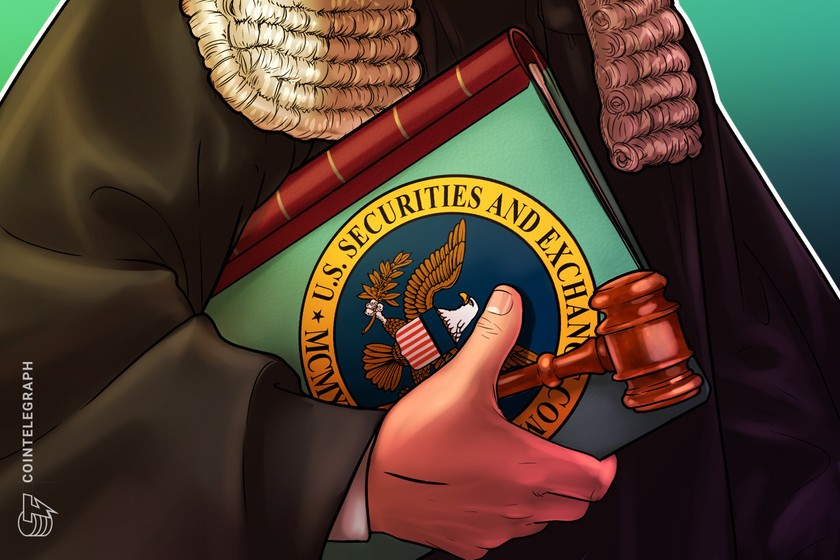Voyager Digital reportedly had deep ties with SBF-owned Alameda Research


Financial documents of Voyager revealed that they lent nearly $1.6 billion in crypto loans to an entity registered in the British Virgin Islands, the same place Alameda is registered.
Voyager Digital, the crypto lending firm that went bust due to the crypto contagion initiated by Three Arrow Capital’s (3AC) insolvency is currently fighting its bankruptcy court battle. The court proceedings and financial documents have shown a deep relation between the crypto lending firm and the Sam Bankman Fried-owned Alameda Research.
Alameda is a quantitative trading firm that was also one of many borrowers from Voyager and reportedly owed $370 million. However, within weeks of 3AC’s downfall, Alameda moved from a borrower to a lender and offered a $500 million bailout in late June.
SBF took to Twitter to give insights on the bailout deal that eventually became the point of conflict for Voyager. The troubled lender’s legal team claimed that the CEO was trying to create leverage for the trade.
1) Voyager lost customer assets, but it still has the majority left.
Why haven’t those been returned to customers yet?
Sad facts from a bankruptcy process.
— SBF (@SBF_FTX) July 25, 2022
Legal documents and financial papers point toward the ties between the two companies as early as September 2021. The same documents also indicate that Alameda borrowed much more initially than the current amount of $370M. Voyager’s financial books indicate that it lent out $1.6 billion in crypto loans to an entity based in the British Virgin Islands, the same place where Alameda is registered.
Related: Voyager can’t guarantee all customers will receive their crypto under proposed recovery plan
The legal documents that verify Voyager’s loan to 3AC also show a “Counterparty A” registered in the British Virgin Islands, owing them $376.784 million. In its bankruptcy presentation, Voyager has shown Alameda owes them $377 million.
Alameda was also the biggest stakeholder in Voyager, with an 11.56% stake in the company acquired through two investments for a combined total of $110 million. When it completed the $500 million bailout, its investment was worth $17 million. Earlier this year, Alameda surrendered 4.5 million shares to avoid reporting requirements, bringing its equity down to 9.49%.
Voyager CEO Stephen Ehrlich said that after the bankruptcy court proceedings, many crypto holders on the platform would be potentially eligible to get back some of their assets along with common shares in the reorganized Voyager, Voyager tokens and proceeds from the now-defunct loan to 3AC.
As part of this process, the proposed Plan of Reorganization would resume account access and return value to customers. Under this Plan, which is subject to change given ongoing discussions with other parties, and requires Court approval:
— Stephen Ehrlich (@Ehrls15) July 6, 2022
The crypto contagion began with the now-defunct Terra stablecoin called TerraUSD (UST), which eventually led to the downfall of the $40 billion ecosystem. Many crypto hedge funds and lending firms exposed to Terra lost millions of dollars, which later led to the insolvency of 3AC, followed by the downfall of crypto leaders such as Celsius, BlockFi, Hodlnaut and Voyager.



















